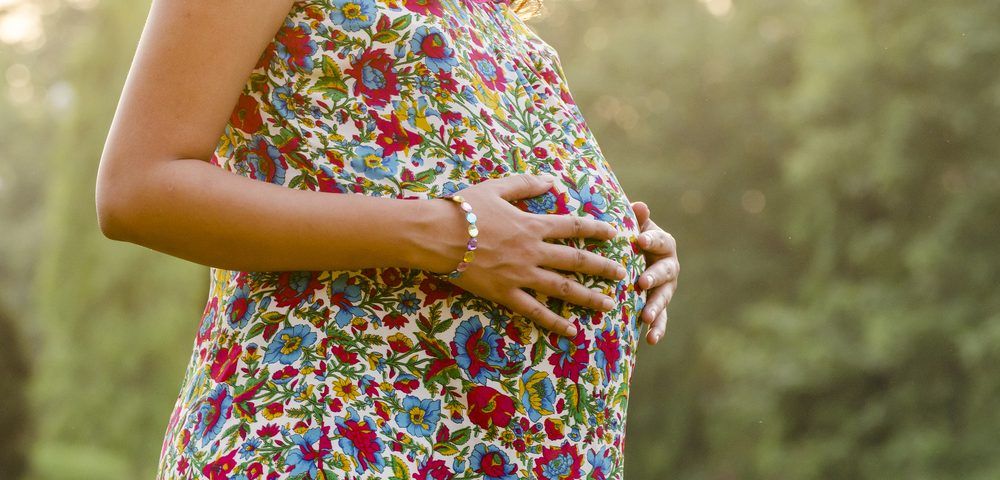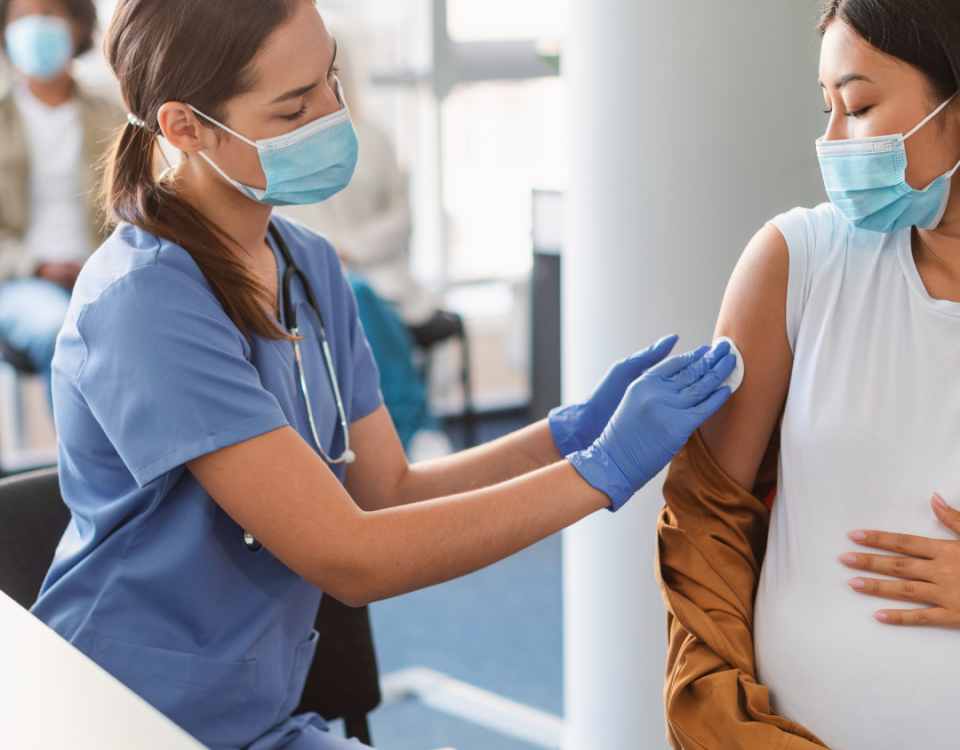COVID-19 and Pregnancy

National Infertility Awareness Week 2020
April 20, 2020
COVID-19 Update: Preparing for a Reopening
May 6, 2020How does COVID-19 affect pregnancy and a growing fetus? Is it safe to deliver my baby at a hospital? Will my infant get infected or sick if I am infected while pregnant? Should I even get pregnant now? What does this mean for infertility treatment and surrogate pregnancies now and in the future?
These are all common questions patients are asking us. It is understandable to be concerned while also being disappointed about ‘pausing’ treatment.
What do we know now?
Since the COVID-19 global health crisis emerged in late 2019 in China, infectious disease specialists, obstetrician-gynecologists, and reproductive medicine physicians have been trying to determine the impact of the novel coronavirus on pregnancy, childbirth and fetal and infant health. Because this virus is new, we don’t have a lot of data on its effects. What we have learned so far from the handful of reports, however, is encouraging. But its overall impact is not conclusive until experts conduct further studies and more already pregnant women undergo delivery.
We are obtaining new, helpful information week by week from researchers. At this point, doctors have learned from published research from two of the epicenters of infection as well as from World Health Organization (WHO) directives that highlight important potential implications for mother and baby.
Pregnancy and COVID-19 symptoms
According to WHO, pregnant women are at no higher risk of severe illness from COVID-19 than other parts of the population. An analysis released at the end of February 2020 found that eight percent of 147 pregnant women developed severe symptoms and one percent were in critical condition.
One reason to worry about COVID-19 in pregnancy is that pregnant women are more likely to become severely ill with flu when they are pregnant. This is partly because pregnancy suppresses a person’s immune system. Additionally, in the later stages of pregnancy, the fetus and uterus can start squashing other organs, including the lungs. As a result, some areas of the lungs become less able to circulate air, leaving them more prone to infection. Pregnant women need to be particularly cautious about preventing COVID-19 exposure and seeking medical care if they develop symptoms.
Certain infections also seem to put the fetus at risk. Prolonged, high fevers in pregnancy, particularly in the first trimester, have been linked to some birth defects. “With any viral infection during pregnancy, the fetus is at risk of miscarriage, stillbirth, growth restriction, malformation,” says Dr. David Baud at Lausanne University in Switzerland.
Safeguarding women during delivery: New York study
New York-Presbyterian/Columbia University Irving Medical Center began screening pregnant women after discovering that providers were being exposed to women who were displaying COVID-19 symptoms.
The hospital began testing all women who came for delivery and discovered 15% were positive for the coronavirus, but approximately 88% were asymptomatic. Their screenings suggest more people are infected with the virus but are not becoming sick.
According to the study: “The potential benefits of a universal testing approach include the ability to use COVID-19 status to determine hospital isolation practices and bed assignments, inform neonatal care, and guide the use of personal protective equipment. Access to such clinical data provides an important opportunity to protect mothers, babies, and health care teams.”
Successful delivery and infant outcomes in China
A Medical College of Georgia analysis of 38 pregnant women and their newborns in China with COVID-19 showed that COVID-19 did not lead to maternal death and there were no confirmed cases of intrauterine transmissions from mother to baby.
Another report covering 15 women who had had COVID-19 during pregnancy found no evidence that the women had worse symptoms than women who weren’t pregnant.
Ever-changing situation
As we have mentioned, the research on pre-natal and post-natal outcomes is limited though hopeful. There are still many unknowns, including the effect on mother and fetus during the first trimester of pregnancy. We are committed to continually learning and employing best practices to ensure the health of pregnant women, infants, and health care providers.
Right now, the best course of action to prevent COVID-19 exposure is social distancing, wearing a face mask when going outside, thorough hand washing upon returning home, and avoiding touching your face and eyes. If you think you may have been exposed, contact your health care provider and self-quarantine for 14-21 days.
Where do we go from here?
The California Center for Reproductive Medicine is following the American Society for Reproductive Medicine guidelines and not initiating new treatment cycles or embryo transfers until we know more about the outcome of COVID-19 pregnancies and can provide safe access to care for our patients and staff members. Though we believe infertility treatment is an essential treatment and know this delay can be upsetting to our patients, we feel it is the best course of action until we learn more.
CACRM also is following the recommendations from the Centers for Disease Control, the World Health Organization (WHO), the American College of Obstetricians and Gynecologists (ACOG), and local public health agencies regarding COVID-19.
CACRM will continue to review the recommended precautions daily and will update you as soon as our policies change.
So what can I do while I wait?
There is a lot you can do, including scheduling a virtual telemedicine consultation with Dr. Arnold. You also can find a gestational carrier or egg donor. Be sure to practice self-care with a healthy diet, exercise, and emotional health techniques. We are always available to answer your questions.
Remember, the medical field is learning more each day about the novel coronavirus and new treatments and vaccines are being developed. Social distancing measures, including in California, appear to be working to stem the tide of infection. Education and patience are the keys to moving forward.
Resources
- WHO Guidance on Pregnancy, Childbirth and Breastfeeding
- New York Study
- Frequently Asked Questions About COVID-19


